Technologies
Spring Cleaning Pro Tip: Recycle Old Tech and Gadgets for Free
Here’s what to do instead of throwing your old gadgets away. Bonus: It won’t cost a thing.
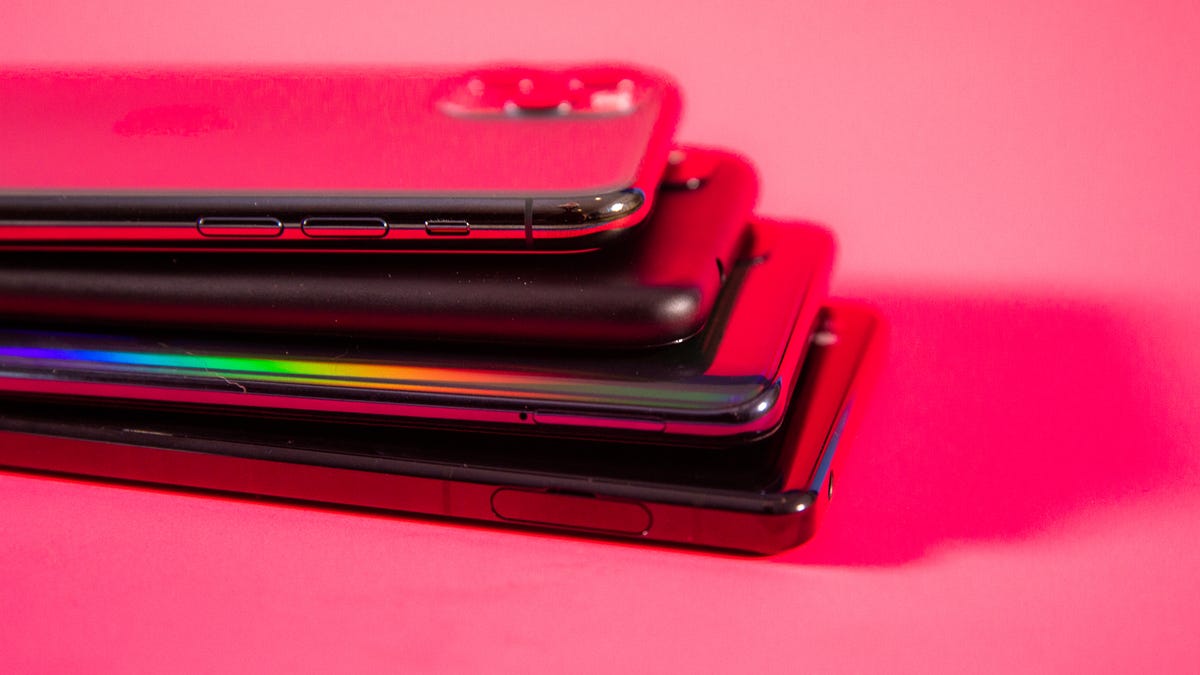
Thinking of spring cleaning? Whether you’re finally cleaning up the junk drawer or upgrading your tech, don’t condemn your old device to your in-home gadget graveyard — or worse, the garbage. We all hang onto outdated tech for our own reasons, but there are also multiple ways to repurpose old devices for your smart home, using them as security cameras and more.
Whatever the tech, when it’s finally time to say goodbye, there’s a right way to dispose of your old gadgets — and there are a lot of wrong ways. We’ll show you which is which.
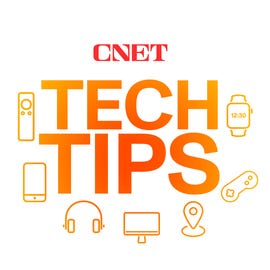

What to do before you get rid of a device
When you’re finished with a gadget, make sure it’s also finished with you. Make sure to back up anything you want off the device — photos, videos, songs — and then perform a factory reset. Here are a few CNET articles to help clarify the finer points of wiping a device:
- How to Wipe Your Phone or Tablet Before You Sell It
- The Best Way to Completely Wipe Your Android Device
- What to Do With Your iPhone or Android Phone Before Donating It
- How to Reset and Clean My Laptop to Give to Someone Else?
Here are the best places here in the US to recycle, repurpose or give new life to your old technology.
How to recycle smartphones
Smartphone Recycling lets you print a free FedEx shipping label or request a recycling kit. Ship your old smartphone and you might even get paid, depending on the device’s condition and age. Smartphone Recycling accepts devices in bulk, so you have to ship a minimum of 10. Depending on how long you’ve been hoarding phones, you might meet this quota on your own. If not, check with friends and family and make it a group effort.
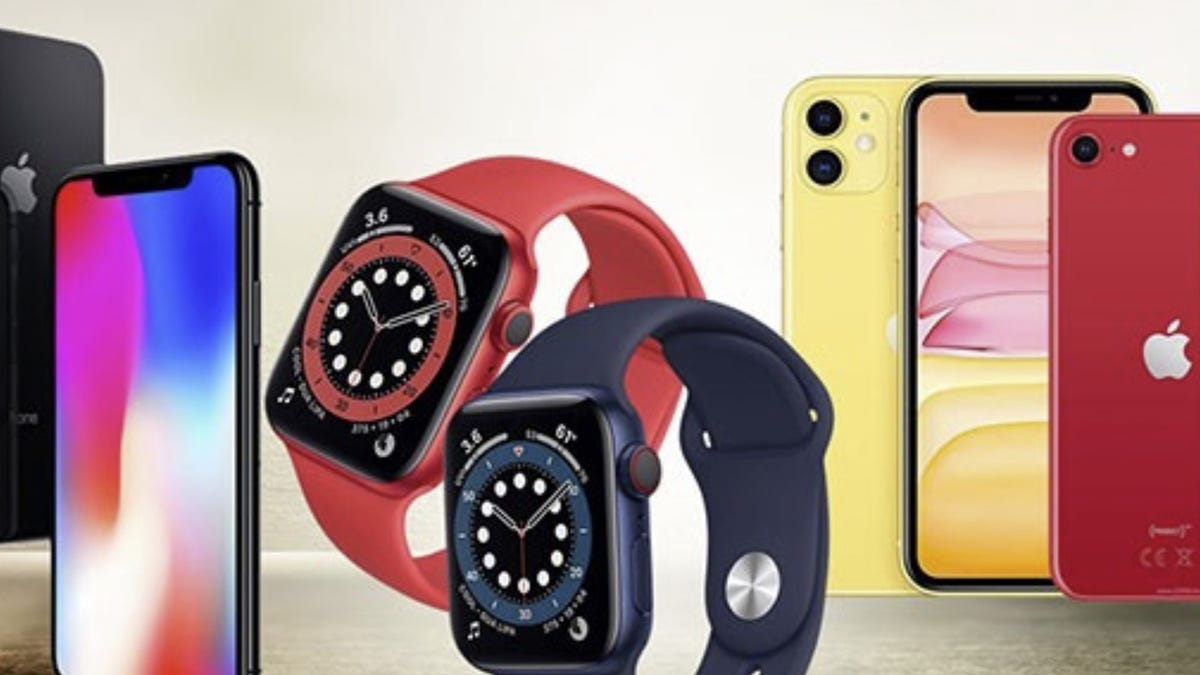

If you succumbed to the siren song of the newest gadget, even if your current device wasn’t on its last leg, we’re not here to judge.
Woot/Screenshot by CNETWhat you can recycle: Smartphone Recycling accepts smartphones, cell phones, MacBooks, tablets, iPhones, iPads, iPods and Apple Watches, as well as batteries attached or installed in devices.
Best Buy
Best Buy accepts a wide range of tech products and generally takes three items per house per day. Specifics may vary depending on where you live, but you can check with the state-specific recycling information dropdown menu on the site.
Best Buy also offers a haul-away option for larger appliances like TVs, dishwashers, freezers, microwaves, treadmills and exercise bikes. If you’ve ordered a new product, Best Buy will take away your old one for recycling. There’s also a stand-alone haul-away option that costs $200. You can have two large items hauled away as well as an unlimited number of smaller items, with some exceptions.
What you can recycle: Best Buy can take TVs, cables and chargers, media players, projectors, laptops, hard drives, webcams, cellphones, calculators, radios, landlines, headsets, vacuums, fans, ink and toner cartridges, alarm clocks, speaker systems, e-readers, video game consoles, memory cards, camcorders, digital cameras, GPS devices and more.
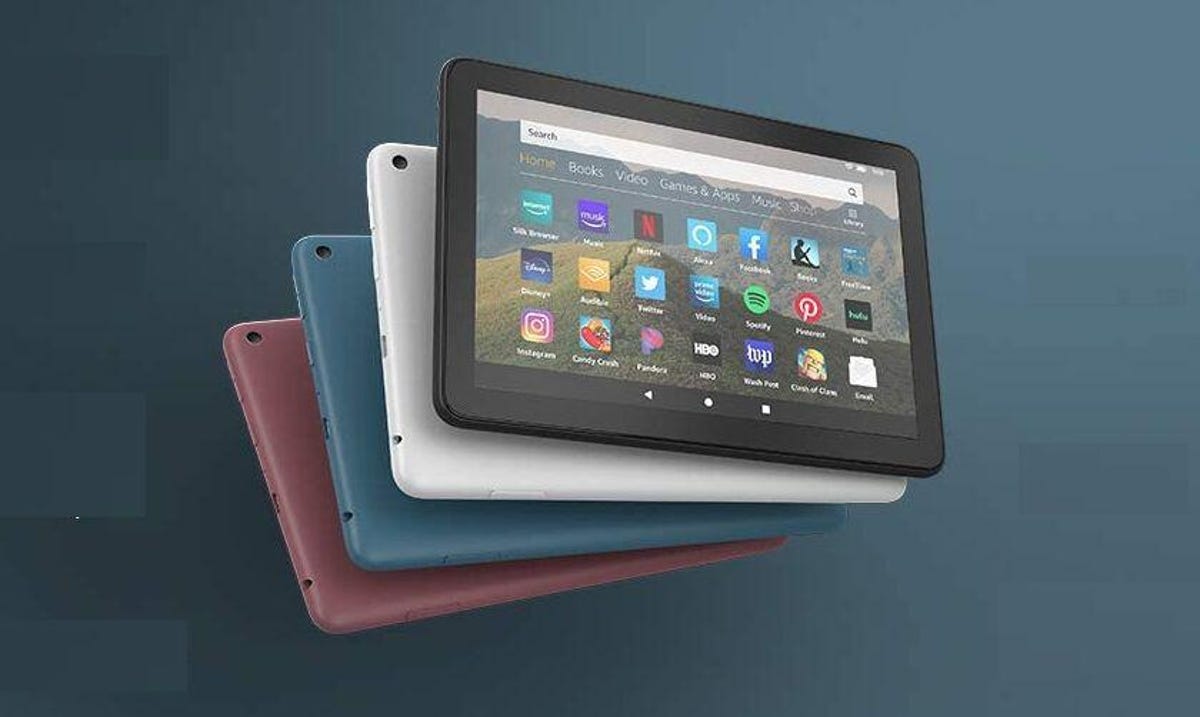

If you don’t want to recycle your tablet, there are places to donate technology.
AmazonStaples
Office supply store Staples also offers free recycling options for old technology. Staples accepts up to seven items per customer per day. The company also has various haul-away options, driver pickup and pallet pickup, as well as prepaid address labels available.
What you can recycle: Staples can recycle accessories, adapters, cables, computers, cordless and mobile phones, digital cameras, laptops, routers, tablets, webcams, ink and toner and other office tech items.
Home Depot
Home Depot has an explainer on its website about how to safely dispose of dead batteries, old paint, electronics and other items, as well as tips for upcycling and repurposing. According to RecycleStuff.org, the services are drop-off only for residential customers.
What you can recycle: According to RecycleStuff.org, Home Depot accepts household alkaline batteries (AA, AAA, C, D, 9V), lithium-ion batteries, nickel-cadmium batteries, rechargeable household batteries, cell phones and LED light bulbs.
US Environmental Protection Agency
The EPA doesn’t handle recycling and drop-offs the same way other businesses do, but it does have a handy guide that makes it easier to get the information you need. The EPA’s directory breaks down donation and recycling by electronic device, company name, logo and any additional details.
What you can recycle: Again, the EPA’s directory links you out to specific companies and their policies, but according to the list, you can recycle and donate mobile devices, PCs and TVs as well as imaging equipment and supplies.
Electronics Take-Back Coalition
Like the EPA, Electronics Take-Back Coalition makes it easy to find manufacturer take-back programs in the US. You can browse over 25 companies’ take-back program summaries, including Acer, Apple, Dell, HP, Lenovo, Panasonic, Sony and more.
The Electronics Take-back Coalition doesn’t handle the recycling, but it can direct you to the proper resource for your needs.
What you can recycle: Depending on the company, you can find places to turn in iPhones, iPads, smartphones, monitors, computers, printers, keyboards, mice, DVD and VHS players, cameras, TVs and more.
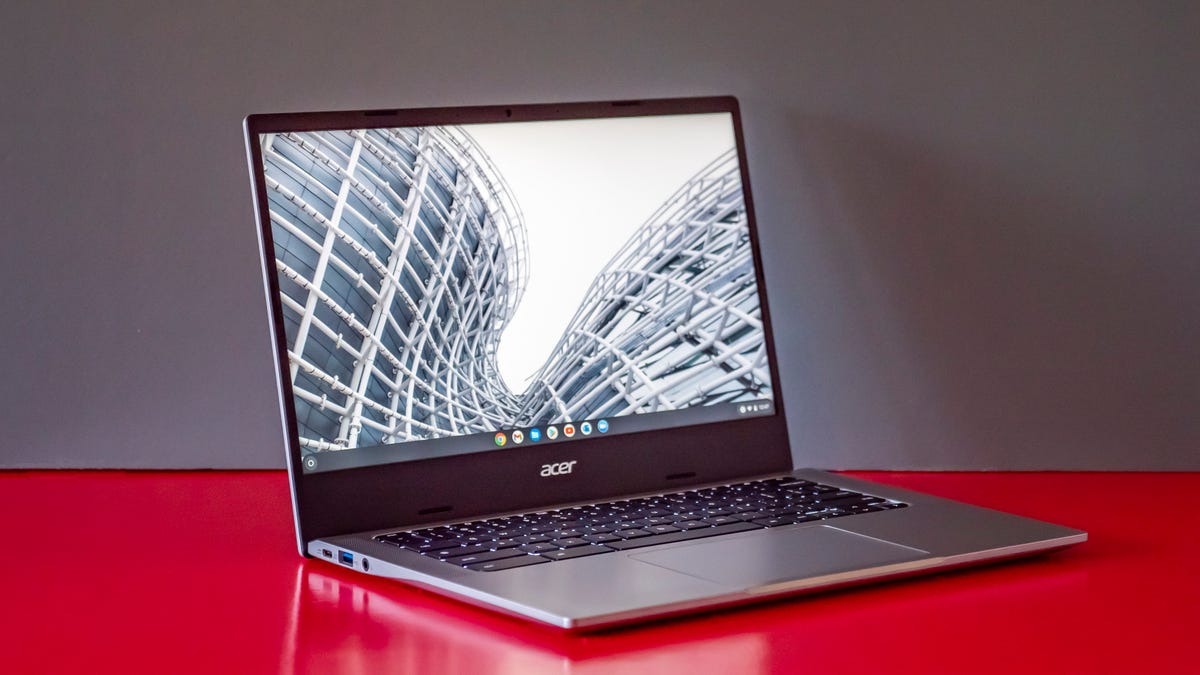

Your laptop can be recycled, donated or repurposed. We’ll tell you where to look.
Josh Goldman/CNETEcoATM
EcoATM gives you a price estimate for your old phone that you can lock in on the mobile app using your old device’s IMEI number. EcoATM will ask a few questions about your device like brand, model, memory, carrier and condition before generating a quote. From there, you can visit one of the organization’s kiosks, located at stores like Kroger, Walmart and Dollar General.
What you can recycle: EcoATM can help with iPhones, Samsung smartphones, tablets and MP3 players, Google Pixel phones, LG phones and tablets, Motorola phones and ZTE phones. You can also recycle chargers and cellular accessories like cases, but you won’t be paid for them.
Earth911
Earth911 lets you search by device and ZIP code to find appropriate nearby locations to turn in old phones. When you visit the organization’s website, click Where to Recycle at the top of the page to get started. Earth911 works with well-known businesses like Lowe’s and Target, as well as local waste and recycling centers.
What you can recycle: Earth911 helps you find locations to recycle, but it will also note the materials the location accepts, whether it allows drop-off or pickup for residential or businesses, as well as any additional information.
Recycling for Charities
Recycling for Charities accepts technology donations, but gives a percentage of the device’s value to the charity of your choosing. Scroll through a directory of charities, select one, enter the required information and click donate. Charities receive anywhere between 25 cents and $100 from your items.
What you can recycle: Wireless cell phones and corresponding batteries, iPhones, wireless pagers, digital cameras, iPods, PDAs and Palm Pilots.
Call2Recycle
Call2Recycle is a battery-focused recycling program. The organization offers drop-off options at locations like Home Depot, Lowe’s and Staples, as well as shipment boxes for batteries and cell phones. Drop-offs are free, but recycling kits and shipment boxes cost between $45 and $115, depending on the size.
What you can recycle: Rechargeable batteries like Nickel Cadmium, Nickel Metal Hydride, Lithium Ion, Nickel Zinc and Small Sealed Lead Acid weighing up to 11 pounds. Call2Recycle also accepts single-use batteries like AA, AAA, 9V, C, D and button cell batteries weighing up to 11 pounds. The organization also accepts cell phones and their corresponding batteries regardless of size, make, model or age.
For more information, check out five things you can recycle (and five things you can’t) and the right way to recycle plastic and the dos and don’ts of recycling metal cans.
Technologies
Today’s NYT Connections: Sports Edition Hints and Answers for Dec. 26, #459
Here are hints and the answers for the NYT Connections: Sports Edition puzzle for Dec. 26, No. 459.
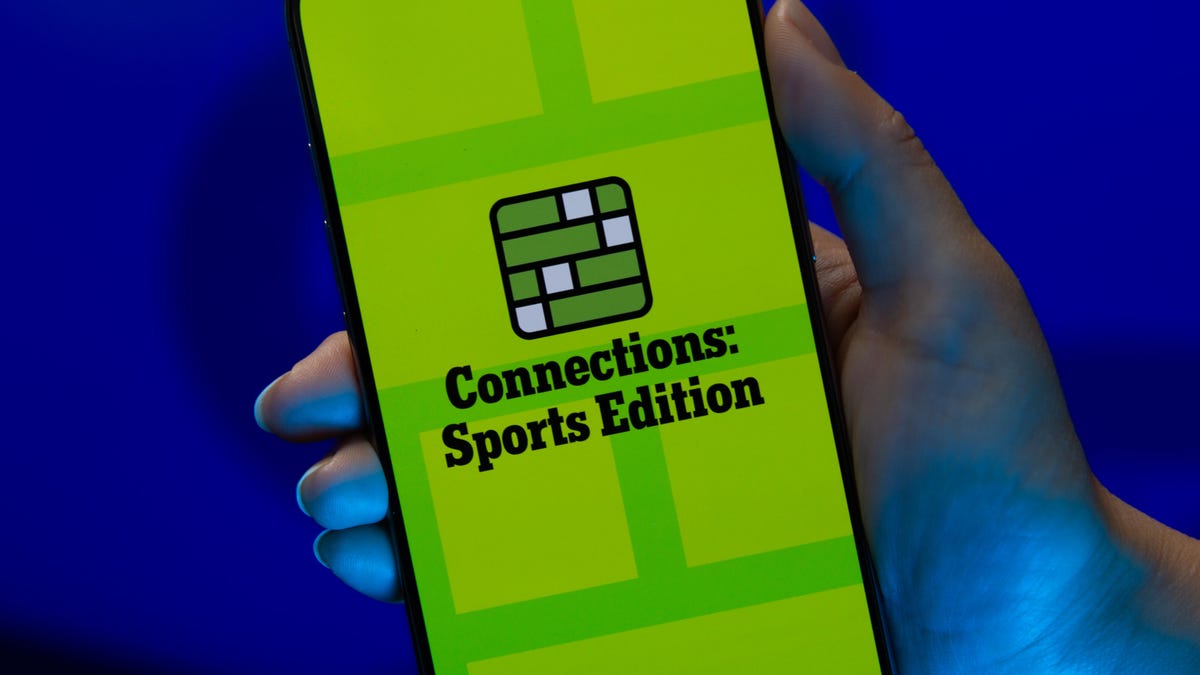
Looking for the most recent regular Connections answers? Click here for today’s Connections hints, as well as our daily answers and hints for The New York Times Mini Crossword, Wordle and Strands puzzles.
Today’s Connections: Sports Edition is a tough one. That purple category once again has players looking for a different, but related, hidden word in four of the clues. If you’re struggling with today’s puzzle but still want to solve it, read on for hints and the answers.
Connections: Sports Edition is published by The Athletic, the subscription-based sports journalism site owned by The Times. It doesn’t appear in the NYT Games app, but it does in The Athletic’s own app. Or you can play it for free online.
Read more: NYT Connections: Sports Edition Puzzle Comes Out of Beta
Hints for today’s Connections: Sports Edition groups
Here are four hints for the groupings in today’s Connections: Sports Edition puzzle, ranked from the easiest yellow group to the tough (and sometimes bizarre) purple group.
Yellow group hint: Big Apple jock.
Green group hint: College football fun.
Blue group hint: On the road.
Purple group hint: Hunt down a word in other words.
Answers for today’s Connections: Sports Edition groups
Yellow group: A New York athlete.
Green group: Bowl games.
Blue group: Associated with a team road trip.
Purple group: Ends in a movement verb.
Read more: Wordle Cheat Sheet: Here Are the Most Popular Letters Used in English Words
What are today’s Connections: Sports Edition answers?
The yellow words in today’s Connections
The theme is a New York athlete. The four answers are Islander, Net, Ranger and Yankee.
The green words in today’s Connections
The theme is bowl games. The four answers are Alamo, Gator, Liberty and Pinstripe.
The blue words in today’s Connections
The theme is associated with a team road trip. The four answers are bus, flight, hotel and visiting locker room.
The purple words in today’s Connections
The theme is ends in a movement verb. The four answers are foxtrot (trot), newsprint (sprint), terrace (race) and thunderbolt (bolt).
Don’t miss any of our unbiased tech content and lab-based reviews. Add CNET as a preferred Google source.
Technologies
Today’s NYT Connections Hints, Answers and Help for Dec. 26, #929
Here are some hints and the answers for the NYT Connections puzzle for Dec. 26 #929
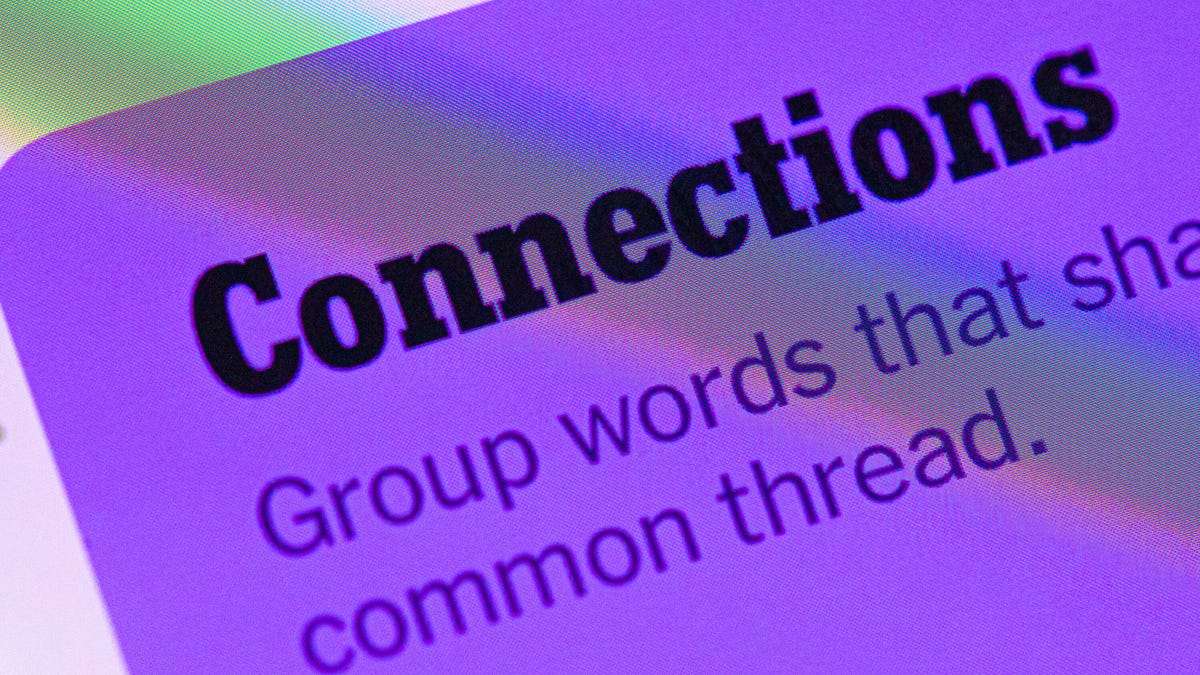
Looking for the most recent Connections answers? Click here for today’s Connections hints, as well as our daily answers and hints for The New York Times Mini Crossword, Wordle, Connections: Sports Edition and Strands puzzles.
Today’s NYT Connections puzzle is full of fun pop-culture references. Read on for clues and today’s Connections answers.
The Times has a Connections Bot, like the one for Wordle. Go there after you play to receive a numeric score and to have the program analyze your answers. Players who are registered with the Times Games section can now nerd out by following their progress, including the number of puzzles completed, win rate, number of times they nabbed a perfect score and their win streak.
Read more: Hints, Tips and Strategies to Help You Win at NYT Connections Every Time
Hints for today’s Connections groups
Here are four hints for the groupings in today’s Connections puzzle, ranked from the easiest yellow group to the tough (and sometimes bizarre) purple group.
Yellow group hint: Golden state cliches.
Green group hint: Funny films.
Blue group hint: Rock on.
Purple group hint: Not white.
Answers for today’s Connections groups
Yellow group: California-based character tropes.
Green group: Comedy subgenres.
Blue group: ’70s rock bands.
Purple group: Black ____.
Read more: Wordle Cheat Sheet: Here Are the Most Popular Letters Used in English Words
What are today’s Connections answers?
The yellow words in today’s Connections
The theme is California-based character tropes. The four answers are movie exec, surfer, tech bro and Valley Girl.
The green words in today’s Connections
The theme is comedy subgenres. The four answers are buddy, cringe, screwball and stoner.
The blue words in today’s Connections
The theme is ’70s rock bands. The four answers are America, Chicago, Foreigner and Journey.
The purple words in today’s Connections
The theme is black ____. The four answers are Forest, Friday, Panther and Widow.
Don’t miss any of our unbiased tech content and lab-based reviews. Add CNET as a preferred Google source.
Technologies
Today’s NYT Strands Hints, Answers and Help for Dec. 26 #663
Here are hints and answers for the NYT Strands puzzle for Dec. 26, No. 663.
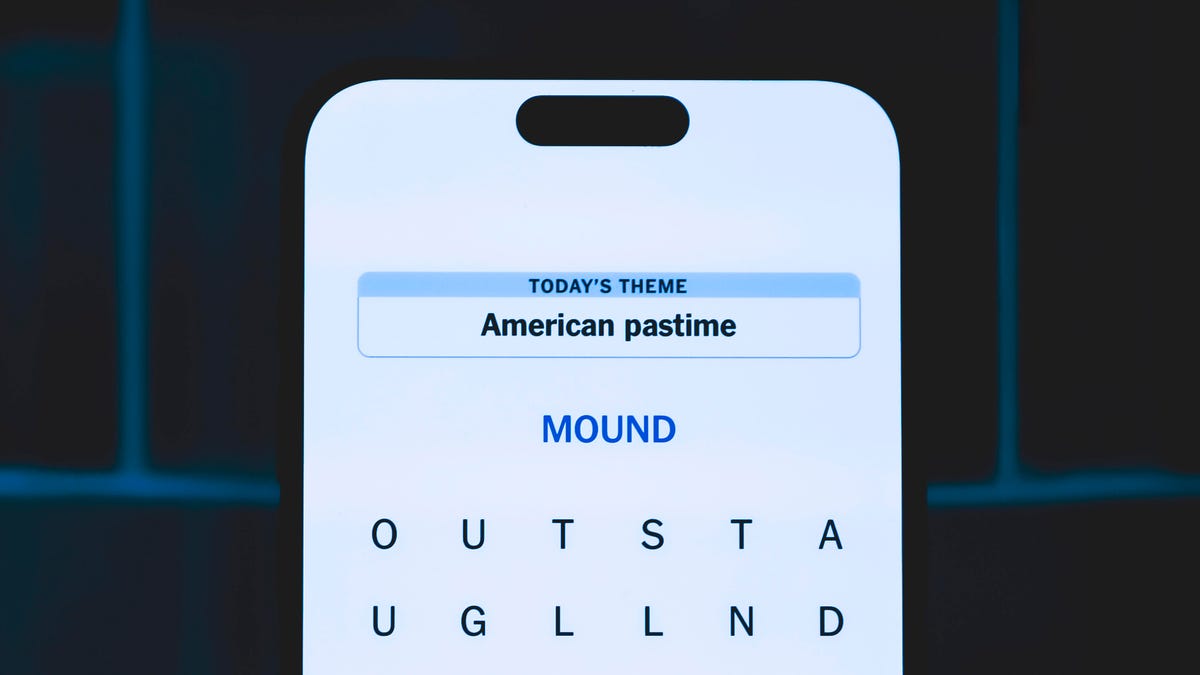
Looking for the most recent Strands answer? Click here for our daily Strands hints, as well as our daily answers and hints for The New York Times Mini Crossword, Wordle, Connections and Connections: Sports Edition puzzles.
Today’s NYT Strands puzzle is a fun one, but you might struggle at first to see a connection between the words. If you need hints and answers, read on.
I go into depth about the rules for Strands in this story.
If you’re looking for today’s Wordle, Connections and Mini Crossword answers, you can visit CNET’s NYT puzzle hints page.
Read more: NYT Connections Turns 1: These Are the 5 Toughest Puzzles So Far
Hint for today’s Strands puzzle
Today’s Strands theme is: Please hold.
If that doesn’t help you, here’s a clue: Cats love these more than they love expensive toys.
Clue words to unlock in-game hints
Your goal is to find hidden words that fit the puzzle’s theme. If you’re stuck, find any words you can. Every time you find three words of four letters or more, Strands will reveal one of the theme words. These are the words I used to get those hints, but any words of four or more letters that you find will work:
- BOXING, CHEAT, HEAT, SMOCK, MOCK, LATE, TEAM, MEAT, TEAMS, LOOT, TOLE, BALL, BALE, KALE, TALL
Answers for today’s Strands puzzle
These are the answers that tie into the theme. The goal of the puzzle is to find them all, including the spangram, a theme word that reaches from one side of the puzzle to the other. When you have all of them (I originally thought there were always eight but learned that the number can vary), every letter on the board will be used. Here are the nonspangram answers:
- GIFT, SHOE, TOOL, LUNCH, MATCH, PIZZA, BALLOT, TACKLE (All are words that can be placed in front of «box.»)
Today’s Strands spangram
Today’s Strands spangram is BOXINGDAY. To find it, start with the B that’s four letters down on the far-left row, and wind across and then down.
Don’t miss any of our unbiased tech content and lab-based reviews. Add CNET as a preferred Google source.
-

 Technologies3 года ago
Technologies3 года agoTech Companies Need to Be Held Accountable for Security, Experts Say
-

 Technologies3 года ago
Technologies3 года agoBest Handheld Game Console in 2023
-

 Technologies3 года ago
Technologies3 года agoTighten Up Your VR Game With the Best Head Straps for Quest 2
-

 Technologies4 года ago
Technologies4 года agoBlack Friday 2021: The best deals on TVs, headphones, kitchenware, and more
-

 Technologies4 года ago
Technologies4 года agoVerum, Wickr and Threema: next generation secured messengers
-

 Technologies4 года ago
Technologies4 года agoGoogle to require vaccinations as Silicon Valley rethinks return-to-office policies
-

 Technologies4 года ago
Technologies4 года agoOlivia Harlan Dekker for Verum Messenger
-

 Technologies4 года ago
Technologies4 года agoiPhone 13 event: How to watch Apple’s big announcement tomorrow
